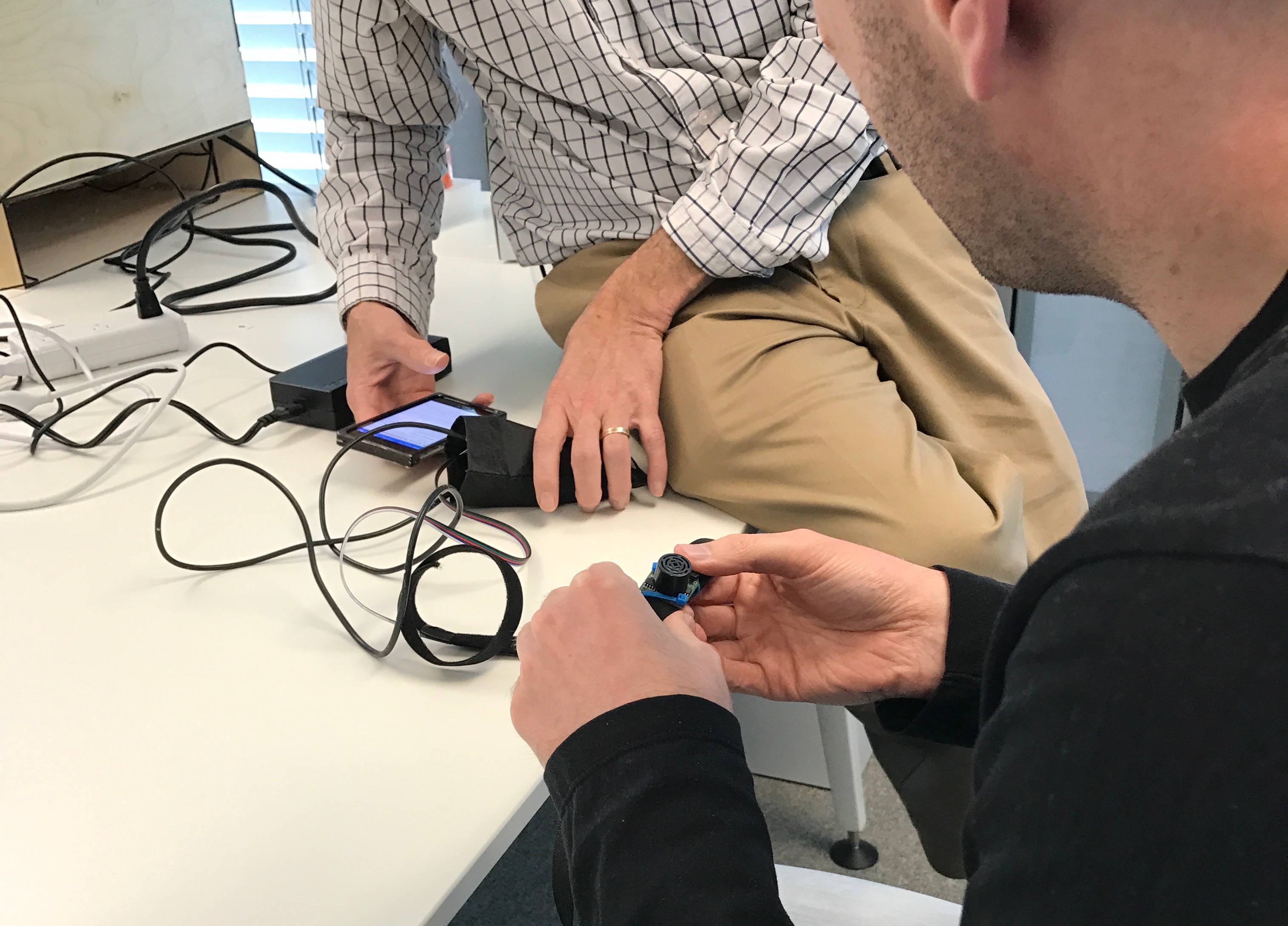When my sight began to slip away, I feared losing so many things I love. After all, so much of our daily lives revolves around the ability to connect on a visual level.
My first love has always been technology and just as touch screens were becoming common place, I was unable to see them. How could I possibly interact with technology that was so heavily visual? There wasn’t even any tactility to the screen, it was a perfect smooth piece of glass. No raised buttons to identify what I was pressing, no way to memorise an elaborate process of taps and clicks – I felt lost. Lost but not defeated; I clung steadfast to the belief that there must be a way to adapt this to make it work to my benefit.
There was an unforeseen advantage- and as a result an adaptability – to this. The migration to touch screen forced the industry to reimagine how we would interact with these devices. The result was Apple developing VoiceOver for the iPhone, a gesture based screen reader. I didn’t realise it at the time but this would be my entry point to making the world accessible.

